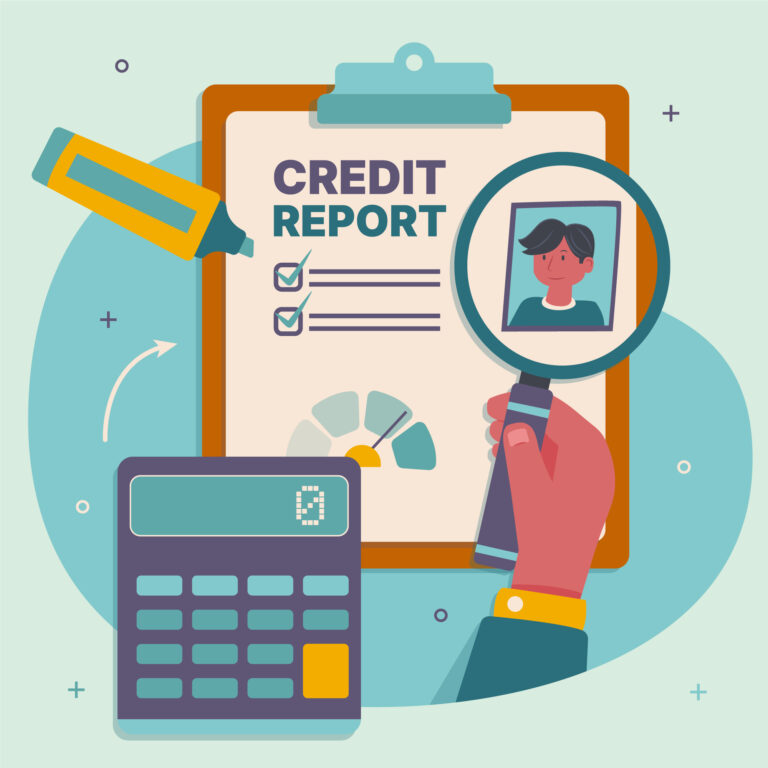How to Manage Your Finances After Securing Your First Job.Congratulations on landing your first job! It’s an exciting milestone, but it also comes with the responsibility of managing your newfound income wisely. Whether you’re just starting your career or considering side hustle opportunities, understanding how to handle money effectively is crucial. In this guide, we’ll walk you through the steps to navigate your finances after securing your first job successfully.
Creating a Realistic Budget
One of the fundamental aspects of managing your finances is creating a budget tailored to your lifestyle. To craft a budget that works for you, follow these key principles:
1. Assess Your Income and Expenses
Start by examining your income and expenses closely. Be honest about where your money goes each month. Understanding your financial inflow and outflow is the first step towards effective budgeting.
2. Identify Areas for Savings
Once you’ve scrutinized your finances, pinpoint areas where you can cut back and save. Whether it’s reducing dining out expenses or canceling unused subscriptions, small changes can add up significantly over time.
3. Set Financial Goals
Establish clear financial goals for yourself. Whether you’re saving for a dream vacation, a down payment on a home, or an emergency fund, having objectives will keep you motivated and committed to your budget.
4. Track Your Progress
Consistently monitor your financial progress. Use budgeting apps or spreadsheets to track your income, expenses, and savings. Regularly reviewing your financial data will help you stay on course.
Creating a budget requires discipline and effort, but the benefits of financial stability and freedom make it well worth the commitment.

Building an Emergency Fund
An emergency fund is a financial safety net that can provide peace of mind during unexpected situations. It helps you cover unforeseen expenses like medical bills, car repairs, or sudden job loss. Follow these steps to establish your emergency fund:
1. Set a Savings Goal
A typical guideline is to save three to a half year of everyday costs. Begin by setting reachable week by week or month to month investment funds objectives to pursue this objective.
2. Prioritize Consistency
Consistency is key when building an emergency fund. Commit to regular contributions, even if they are small initially. Over time, your emergency fund will grow, providing you with financial security.
Prioritizing Retirement Savings
While retirement may seem distant, it’s never too early to start saving for it. Here’s how you can begin securing your financial future:
1. Allocate a Portion of Your Income
Dedicate a percentage of your monthly income to retirement savings. Employer-sponsored plans like 401(k)s and IRAs are excellent options for long-term investment.
2. Seek Professional Guidance
Consult a financial advisor to create a tailored retirement plan. They can recommend the right savings vehicles and investment strategies that align with your goals and risk tolerance.
3. Maximize Employer Benefits
If your employer offers a 401(k) match program, take full advantage of it. This is essentially free money for your retirement, and failing to participate means missing out on valuable contributions.

Paying Off Debts Strategically
Debt can impede your journey towards financial freedom. To manage it effectively:
1. Create a Debt Repayment Plan
Develop a strategy for paying off your debts. Start by organizing your debts and focusing on one at a time. Allocate more than the minimum monthly payments to accelerate your debt payoff.
2. Consider Automatic Payments
Setting up automatic payments can help you stay disciplined and avoid late fees. It ensures that you consistently make payments towards your debt reduction.
Managing your finances is an ongoing process that demands patience, discipline, and a well-thought-out plan. With the right approach, you can avoid common financial pitfalls and take control of your money.
Do you have any financial tips for individuals starting their careers? Share your thoughts below; your insights can be valuable to others embarking on their financial journeys.
FAQs
1. What amount would it be advisable for me to save in my rainy day account?
It’s advisable to save three to six months’ worth of living expenses as your emergency fund.
2. When should I start saving for retirement?
The earlier, the better. Start as soon as you secure your first job to maximize the benefits of compound interest.
3. How can I pay off my debts faster?
Center around each obligation in turn and assign more than the base regularly scheduled installments. Think about setting up programmed installments for accommodation.
4. Are there tax benefits to retirement savings?
Yes, contributions to retirement accounts like 401(k)s and IRAs can offer tax advantages, reducing your taxable income.
5. What if I have irregular income due to side hustles?
Create a flexible budget that accounts for fluctuations in income. Prioritize saving a percentage of your earnings during peak periods to cover lean months.
Congratulations again on your first job, and may your financial journey be filled with prosperity and success.





























